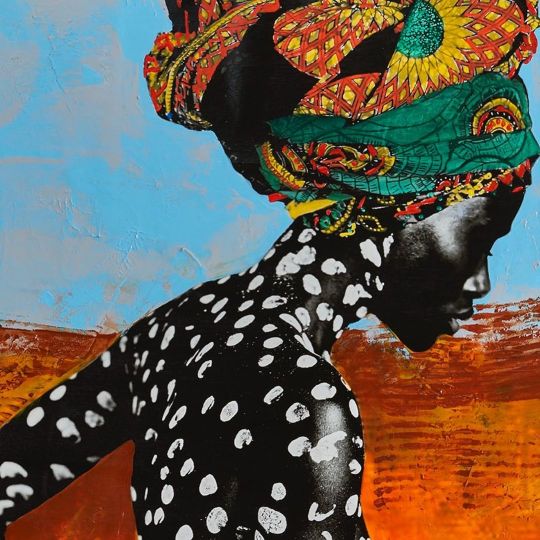Text

GhostSwim II
9”x12” mixed media
R.A.Young 2022
104 notes
·
View notes
Photo
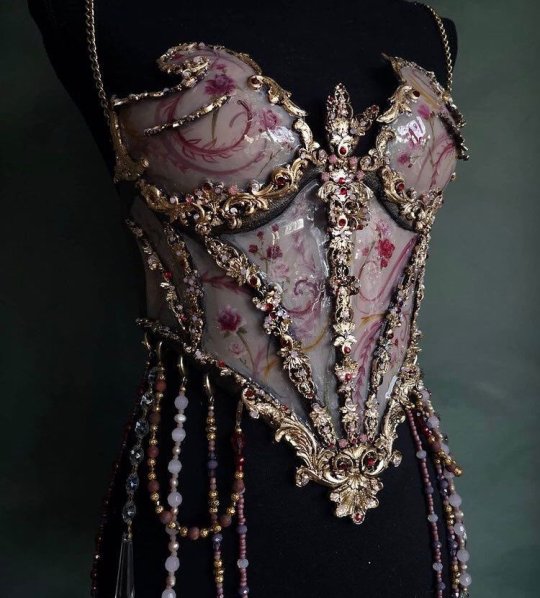
Porcelain Corset by Joyce Spakman
5K notes
·
View notes
Text
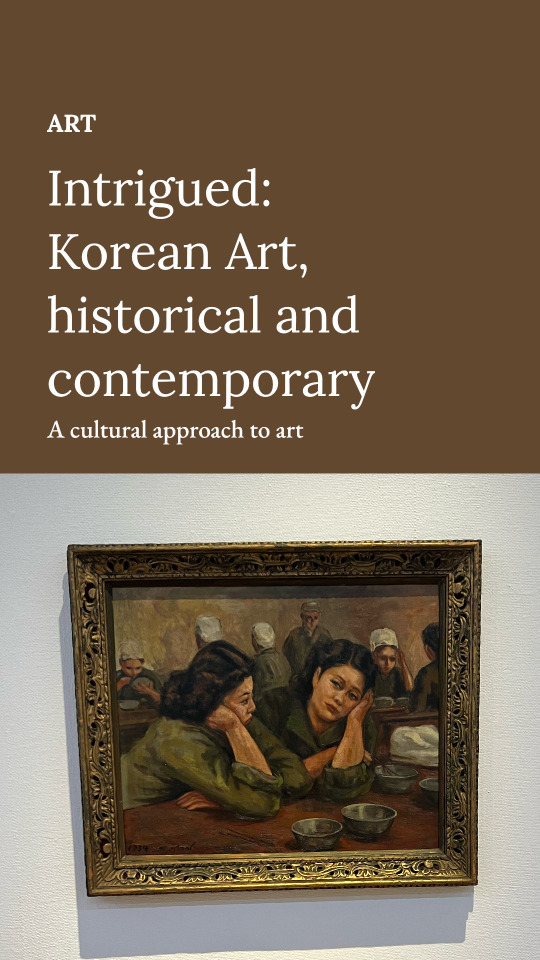
I think my fascination with Korea, namedly South Korea, and Korean Art began after I watched my first Korean drama (K-drama) with my mum. It was a period drama and their outfits, the colours, the fabrics, the paintings and the overall storyline just drew me in and from then I was hooked. My fascination later extended to K-pop and as an overarching concept Korean art and artistic expression as a whole. It is so different to what I have been exposed to most of my life in the form of American art and history or art from my own cultural background (I’m half Ghanaian). I believe I have always been intrigued by East Asian art and history. I clearly remember learning about Ancient China in my early years in high school and being so fascinated by it and excited to learn about it. It was a topic that I thrived in but as I grew through high school I forgot about it. The reintroduction of an East Asian culture back into my life reignited that fascination and this time it’ll be an interest I see through and explore more about.
Deciding what is historical and contemporary is something that is very debated and often does not have very clear margins for definition and in terms of the whole concept of art this makes sense, as often everything flows and influences each other and oftentimes divides are defined by big movements that occur. However, in terms of historical art when I am discussing Korean art and history, I will mostly be looking at artefacts, pieces and events that were created/occurred prior to the Korean War, before June 1950. Anything relating to the Korean War and forward I will class as “contemporary”, this being from June 1950 onwards as the Korean War began on the 25th of June 1950 and ended on the 27th of July 1953. Now, I understand that this is most likely not how a historian or art history major would define it, but as I am neither I just find that this is an easy way to differentiate these two concepts and allows me to put in a definite barrier between the two. This also allows for some overlap as pieces that were created to reflect events that lead up to the war are able to be discussed within the historical and contemporary realms of Korean art.
I recently went on a holiday to South Korea and was truly amazed by how this country has perfectly blended old and new and the pride that they have in their history. I will discuss my trip and the galleries and museums that I visited in length in future posts to come. But one thing is for sure, the trip cemented my curiosity to explore and understand Korean history, culture and art. Throughout this blog I plan to discuss certain pieces that I have either personally seen or have researched about, their significance in Korean history or contemporary culture, the artist behind the piece (if there is one) and my understanding of the piece. Sadly, my current Korean ability is limited to a very small selection of phrases that helped me get through my trip so with the help of google translate I will try my best to use Korean resources in my research to ensure that I have the most accurate information to present to you.
I am truly looking forward to discussing topics such as art within palaces and their meanings, moon jars, the meaning of tigers, how historical art got their colours, my trip to the National Museum of Korea and a memorable exhibit I saw at Busan Museum of Art. There is so much to learn, discover and appreciate about this rich ever evolving culture and country.
0 notes
Photo

Ashley Amery Waterfall with Pink Flowers, 2020 Gouache, watercolour on paper 31 ½ × 25 3/5 in 80 × 65 cm
12K notes
·
View notes
Photo







Extraordinary haystack paintings by Claude Monet.
302 notes
·
View notes
Text






krikor jabotian
366 notes
·
View notes
Photo

Nina Ricci - Spring 1998 Couture
46 notes
·
View notes
Photo

Kim Hong-do
Tiger Under a Pine Tree
late 18th century (Leeum Museum of Art)
2K notes
·
View notes
Photo
The beauty in fashion…creativity and imaginative….stunning



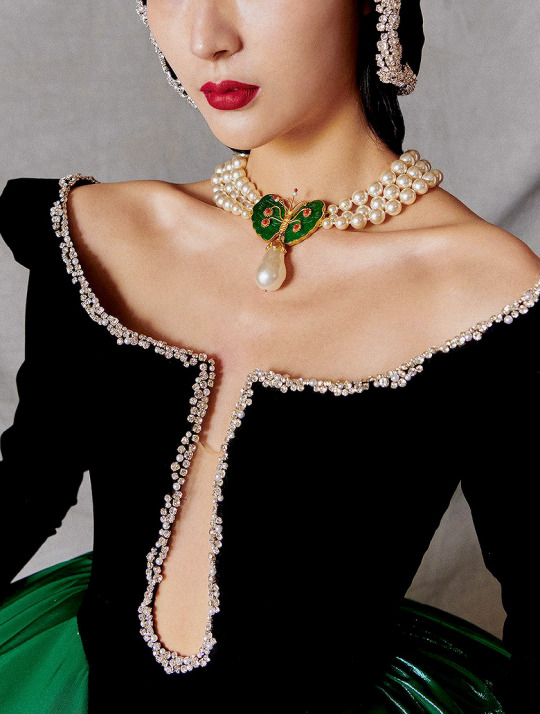
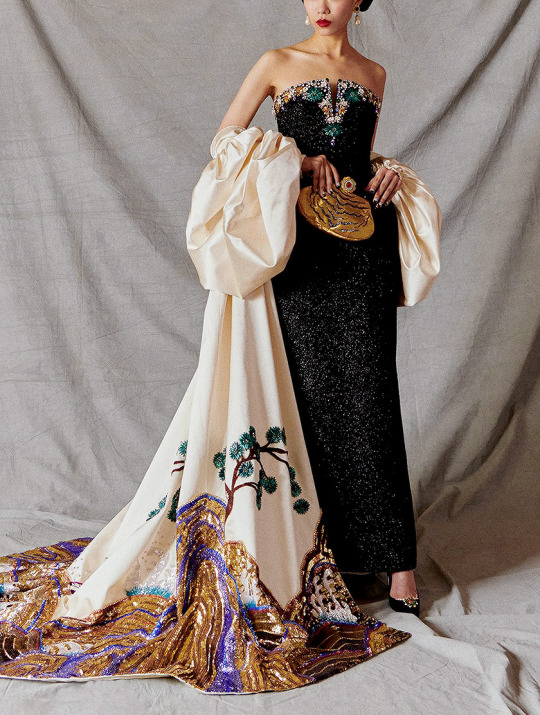
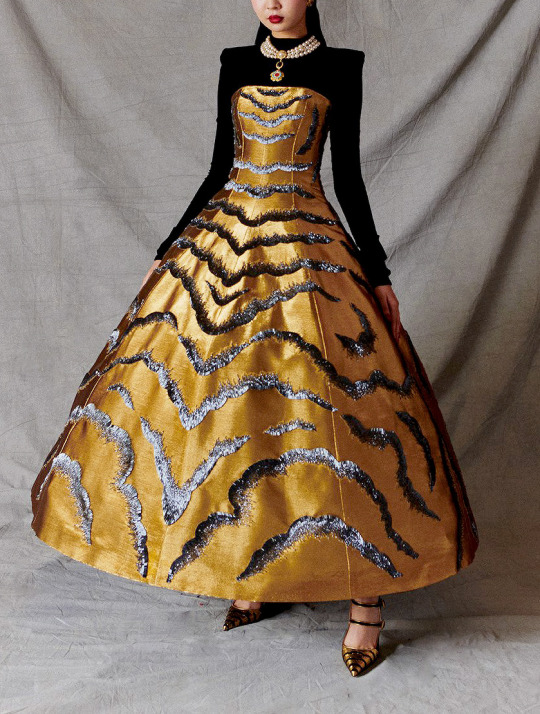
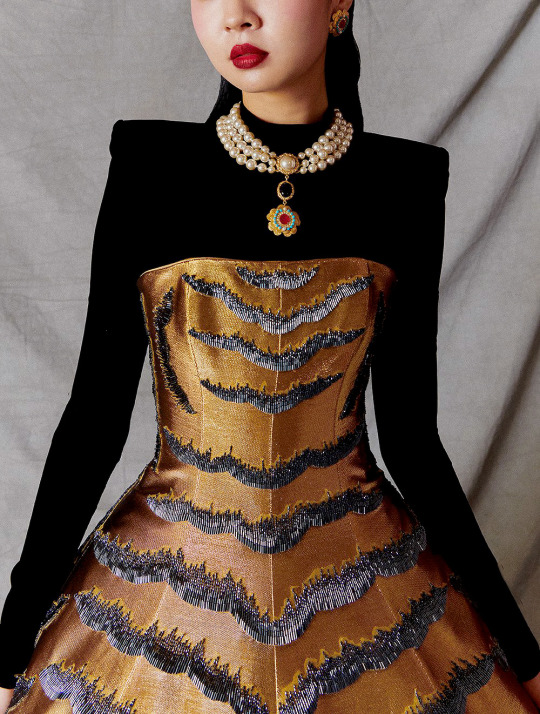


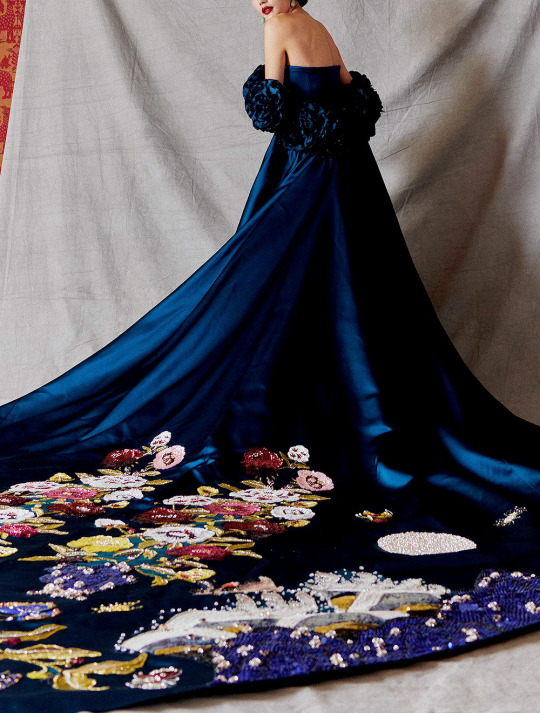
Miss Sohee Fall 2022 Haute Couture Collection
7K notes
·
View notes
Text

The Princess from the Land of Porcelain, James McNeill Whistler, 1863-65
242 notes
·
View notes
Photo
Stunning 😍
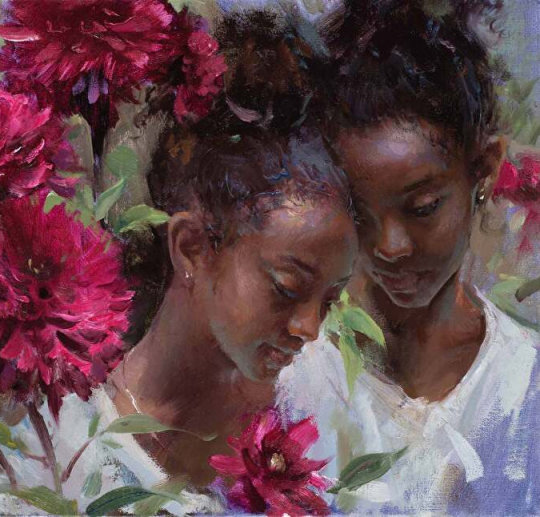
Duet (detail) by Daniel Gerhartz
2K notes
·
View notes
Text

What is contemporary art? As a 22 year old living in this constantly changing digital world, it is a concept that I honestly never paid that much attention to. I loved visiting art galleries and museums and looking at all the exhibits but never took the time to understand all the different types of art and how/why they fit into their categories, so let’s figure it out together.
The easiest definition of contemporary art that I could find is simply,”art of the present day”. This definition, though easy to digest, leaves much to interpretation. Your present and mine could be very different, do present for me mean from 1999 when I was born or from a point in my lifespan from which I can remember. As a collective it seems that most galleries and historians define their contemporary art as beginning from the early to late 1960s. It is a bracket of art that has evolved and expanded to encompass a huge range of mediums and favours artists that are living, such as Ai Weiwei and Damian Hirst. However, it has a rich and long history that encapsulates many well known artists that have passed, such as Andy Warhol and Jean-Micheal Basquiat.
There are also some galleries that count contemporary art as starting as early as 1947, such as the Institute of Contemporary Art in London or The Met that exhibits art form as early as 1890,in its Modern and Contemporary Art department, though the inclusion of “Modern Art” perhaps allows them some freedom for their exhibit’s starting date. One thing is for sure though, contemporary art evolved in an age of great social, economical and political change, but due to its “present day” definition, allows artists to explore and define their own struggles and the struggles of those around them. Contemporary art reflects the complexities of the world and allows for an exploration into cultural issues and challenges societal institutions and traditional beliefs and values.
Contemporary art embraces and has evolved from some major art movements, such as pop art, photorealism, minimalism, conceptualism, installation art, performance art, street art and land art. All revolutionary movements in their own rights and movements that I am excited to explore over time with you in this blog. But with the encompassing of such a wide array of movements and mediums, it’s no wonder contemporary art is so difficult to define and understand; especially for those that have not had the opportunity to study it in depth. Contemporary art also seems to follow the idea of avant-garde, a word of French origin that means new and experimental. It is the idea of introducing new and experimental ideas in the areas of art, literature and music. Which makes sense; as I explore what contemporary art is, I have come to realise that all the movements and forms that have shaped this era of art were often controversial and new. They were concepts not yet seen in the art world and it is what made them so significant and captivating, from the extreme colouring of pop art to the barely there nature of minimalism, contemporary art is filled with the idea of experimentation and uniqueness. I’m just glad I finally know the professional name for this, avant-garde.
I believe that contemporary art as a whole can not be simply defined by a single sentence or even a specific time period, but by all the pieces, artists and movements that have occurred within it. That is what I find intriguing; that one simple era of art, one that I am living through and witnessing right now can have so much history and yet be so relevant. I can’t wait to dive in further to all that makes contemporary art what it is today. I am also thrilled to explore what is to come and how artists of today are utilising not just the known mediums of expression but are exploring lesser celebrated mediums such as tattoos and technology to continue to pioneer what contemporary art will be remembered as in the future.
1 note
·
View note
